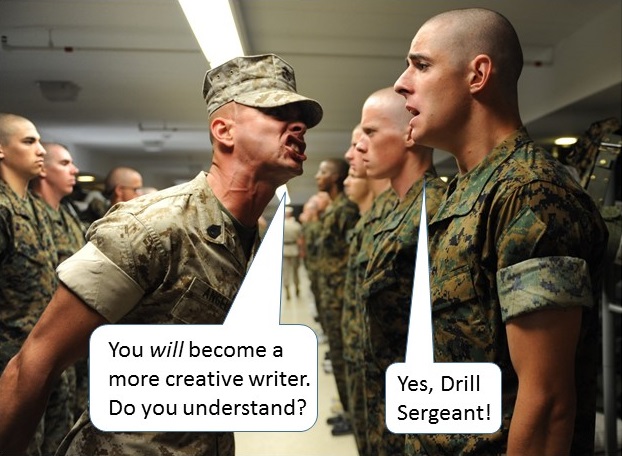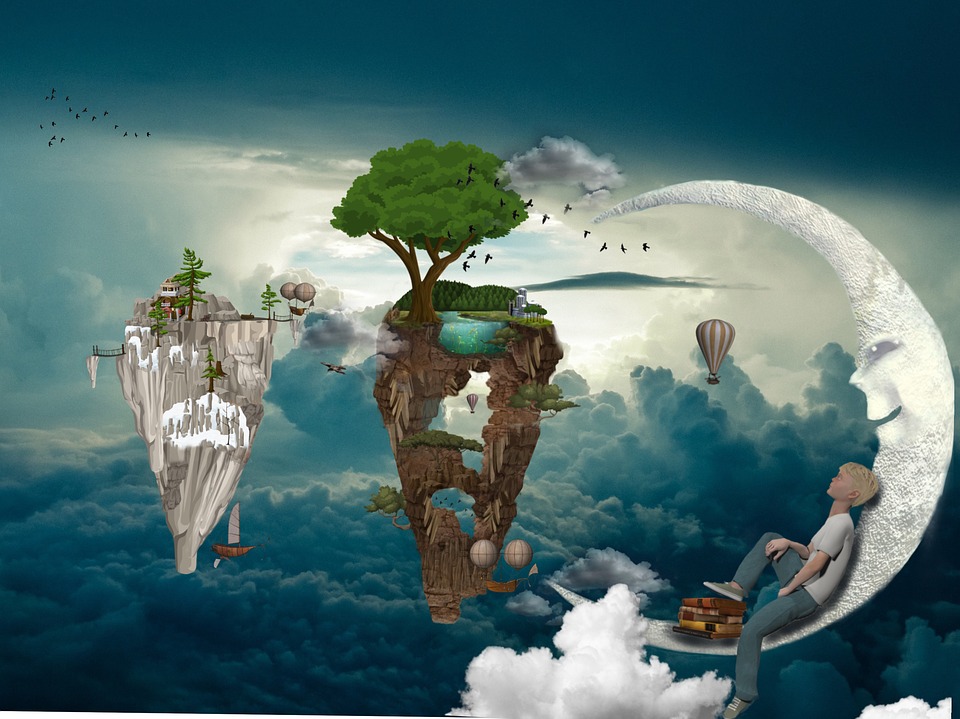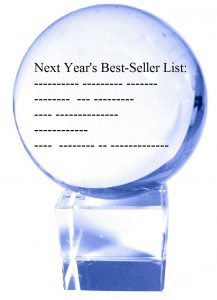Let’s say you have a thought in your brain, a thought you want me to have in my brain also. Since you and I lack mental telepathy, we must settle for some other communication method. For our purposes today, we’ll say you’ve chosen written communication.
You convert that thought of yours into words of a standard language, a language you can write and I can read. You put those words into tangible form, either electronic or printed. Someone conveys your written document to me by some means. I read it, converting the words I read into a thought.
Will the thought in my brain match the one in yours exactly? Probably not. Considering the signal loss in the filters through which the thought passes on its way, it’s amazing two people can communicate at all.
 The process is usually not as bad as the way I’ve dramatized it in the accompanying image. Still, it’s a less efficient transmission method than mental telepathy would likely be.
The process is usually not as bad as the way I’ve dramatized it in the accompanying image. Still, it’s a less efficient transmission method than mental telepathy would likely be.
The part I’ve depicted as the “writing filter” consists of many things standing between pure thought and actual words. These include the clarity of your idea, your understanding of the meaning and connotation of words, your mood, your skill with language, your vocabulary, etc.
I’ve named the filter in the middle the “copying filter” and it represents any errors that creep into the text between the time you write it and the time I read it. For e-books, there could be a transmission error and some text becomes scrambled. For paper books, there could be smudges, spills, or torn pages that make some of the text difficult to read. Luckily, this filter usually results in negligible signal loss.
The “reading filter” is akin to the writing filter, but it’s everything between the words I read and the thoughts they cause in my brain. These include my understanding of words, my mood, my vocabulary, my ability to interpret meanings on several levels, my attention span, my life experiences, etc.
Remember, your goal was to create a thought in my brain matching the thought in yours. What can you do to increase the likelihood of the thoughts being identical? You can’t do anything about my reading filter; that’s solely up to me. You usually can’t do much about the copying filter, and it’s not much of a filter anyway.
Your focus needs to be on the writing filter within you, the only part of the process under your control. Work toward clear ideas, firm understanding of word meanings, mastery of language, increased vocabulary, and keeping your passing emotions from distorting your writing.
The best authors have nearly transparent writing filters resulting in negligible signal loss. That’s your goal.
I touched on this topic in a previous post, and neuroscientist Livia Blackburne explored these transmission filters in the context of getting bad reviews, in a guest post on Joanna Penn’s website, well worth the read.
Good luck, Writer! Improve the transparency of your writing filter so you can convey thoughts crisply to the world, and especially to—
Poseidon’s Scribe




